9 Great Ukrainian Women in the History
Every nation has its prominent figures. They made or still are making a contribution to their country’s development and prosperity. But only a few know how great is the contribution of women in every single moment of the country’s history. In this article, the author dwells on prominent Ukrainian women who are well known in their country and all over the world.
Every Ukrainian pupil knows Kiev princesses started the most famous royal dynasties of the world. Also, they were saints and first taught Europe a healthy lifestyle. Ukrainians run foreign armies and states, created artistic masterpieces of the world level, and made sensational discoveries. They were chancellors, naval commanders, patriarchs, ministers, cardinals, kings…
It is also important to mention great writers, singers, painters who presented Ukraine on the international arena.
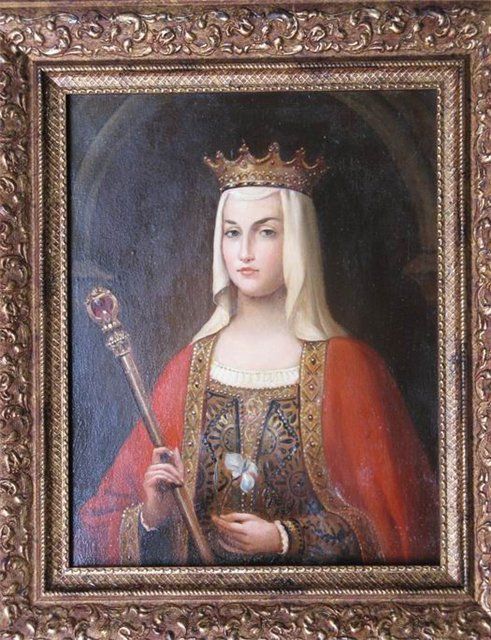
1. French Queen, Anne of Kiev
It is hard to find a Ukrainian who did not hear of the famous French queen Anna, the daughter of the Grand Duke of Kiev Yaroslav the Wise. She became a wife of the French King Henry IV. Anette (her French name) brought to France not only an expensive dowry, but a high culture, for which she was revered. Anna was very educated, spoke many languages, corresponded in Latin with the Pope. Many government documents in France were signed in Slavic, the earliest Ukrainian example of writing. The French royalty was mostly illiterate at that time. There is a well-known fact: Anna brought from Kiev to France the Gospel, which later was called "Rhemish". All French kings vowed on this book during the coronation process. Another interesting fact is that one of Anna’s descendants (son of her grandson, King of France, Louis VI) Henry was the Archbishop of Reims. Philippe I, also Anna’s son, was the next king of France. And another one, Hugo the Great, was a French hero and a Head of the first and several subsequent Crusades to Palestine. His descendants were Scottish and English kings.

2. Eupraxia Mstyslavivna
Eupraxia, the granddaughter of Vladimir Monomakh, the daughter of the Grand Prince Mstislav Vladimirovich, was the first female physician in the history of Ukraine. She studied a traditional medicine, treated patients (that is why she was called Dobrodiya (“doer of kindness”, Greek - Evpraksiya). She was the author of a scientific treatise "Ointments" (Alimma), the first European medical work under a Russian authorship (now it is preserved in the library of Florentine Lorenzo de 'Medici). It is about a healthy lifestyle and based on data from contemporary scientific manuscripts and on her own observations.
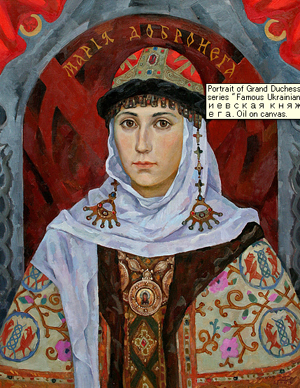
3. Dobroniha Maria
Dobroniha, the daughter of Prince Volodymyr the Great, became a wife of the Polish Prince Casimir. By this act, according to the historians’ opinions, she saved Poland from collapse and submission to the Roman Empire. She was the ancestor of multiple Polish kings.
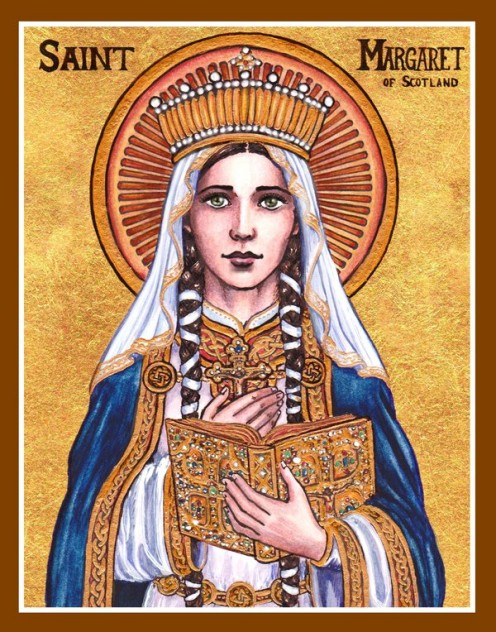
4. Margaret of Scotland.
Margaret married a Scottish king and played a significant role in the history of Scotland. Her mother was a daughter (in another version, a sister) of Yaroslav the Wise. She is known for her religious reforms and the impact on the cultural transformation of the Scottish Kingdom. Margaret was a mother of four Scottish kings and one queen of England. The researchers see the connection of her descendants with the modern English kings. Before her marriage, Margaret planned to become a nun. But she kept up maintaining the relationship with the church after the coronation. Margaret took care of monks and founded monasteries. She invited the Benedictines to Scotland. In 1250, the Pope Innocent IV consecrated her a saint, so Margaret became the first Scottish saint.
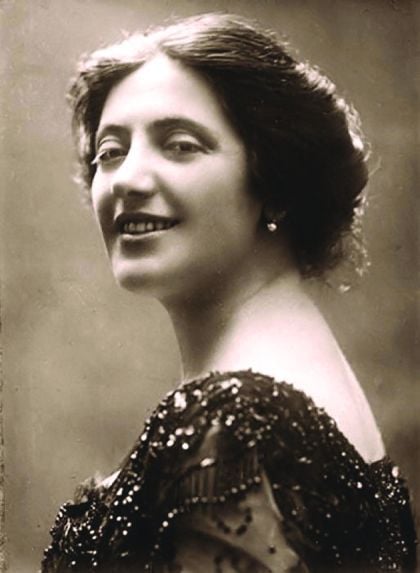
5. Salomiya Krushelnytska
Salomiya is the most outstanding opera singer in the world. She sang on the same stage with Enrico Caruso, Feodor Chaliapin and other opera stars of the first magnitude. Since 1890 she began her triumphant performances on the best stages of the world. But almost every year the singer gave concerts in Lviv, Ternopil, Chernivtsi and other cities of Ukraine. There is an interesting fact of the singer’s biography. In 1904 in Milan theater "La Scala" Giacomo Puccini presented his new opera “Madame Butterfly. " But the premiere was a flop. The great maestro wanted to commit a suicide. However, he was advised to invite Salomiya Krushelnytska for a leading role. Three months later, the premiere of the revised "Madame Butterfly" was triumphant. After the performance, Puccini gave to Krushelnytska his portrait with the inscription: "to the most beautiful butterfly."
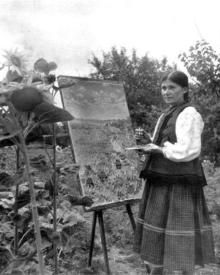
6. Kateryna Bilokur
Pablo Picasso used to say: "I am buried among these mediocre people." But he said about this painter: "If we had an artist of such a level, we would make the whole world talk about her." The name of this artist was Kateryna Bilokur. Kateryna was born in a poor peasant family. As a child, she was not involved in a drawing; she discovered the art from books. She made her first attempts with a piece of charcoal on household linen. At her 20-s, she tried to enter the Art college but had no documents about the seven- years school graduation. So Kateryna had to learn painting techniques alone. Only at the age of forty she first visited Kiev and Moscow museums and saw the works of famous artists. In 1954 her paintings were exhibited in Paris. She became a world-famous artist. Her countrymen did not understand her. They thought she was trying to evade work. But Kateryna didn’t give up. Step by step, she was discovering the secrets of painting. Lacking some painting material, she prepared it by herself, and without any artistic education, she was able to learn to draw. The legacy of the Ukrainian artist from the village Bogdanovka belongs to the best achievements of the world culture of the twentieth century.
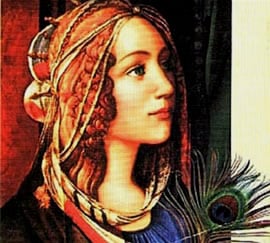
7. Roksolana
Nastya Lisovskaya (her Ukrainian name ) is a unique phenomenon in the world history. Her uniqueness lies in the fact that there is hardly any other woman, except Roksolana, who for more than three decades was one of the most influential figures in the Muslim world! Roksolana became a wife of Sultan Suleiman. Poor Suleiman was so impressed that he drove away his entire harem, wedded his wives with the officers of the Turkish army, and left his only wife Roksolana. This was revolting to the spirit and traditions of Islam. No one could compete with Roksolana’s mind and cheerful disposition. Even when she was 50, Suleiman loved her the same way and had no other women in his chamber. She even took her in military campaigns. She did a lot for Turkey as well as for Ukraine. She did her best to stop Turkish and Tatar troops’ invasion to the Ukrainian land. There is credible evidence that Suleiman restrained the horde from attacking territories, subdued to the Rich Pospolyta (Poland), which at the time owned most of the territory of Ukraine. Roksolana corresponded with the Polish King Sigismund II Augustus and contributed to the signing of mutually beneficial agreements between him and her husband Suleiman. Roksolana’s son Selim, who after his father's death succeed to the crown, was a great drunkard. He was unable to govern the country. By the time of his so-called government, from 1566 to 1574, the Ottoman Empire was actually run by Roksolana.
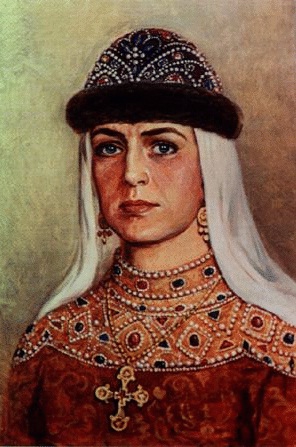
8. Princess Olga
The ancient chronicles depict Princess Olga as a beautiful, energetic, cruel and cunning ruler. But the biggest compliment the chroniclers make is her male mind. She was the first governor on the Kievan Rus who adopted Christianity. Her husband and later son were often absent because of conquering campaigns. That’s why she had to rule the country. Also, her greatest contribution was the application of the law concept. Since then the tribute was well regulated. So Olga was the first who introduced so-called legal reforms that allowed the country to embark on the course of economic development. Olga came to the Eastern Roman Empire - Byzantium - not with war but with peace, and thereby made an ally of this powerful state. Olga was the first woman to be canonized.
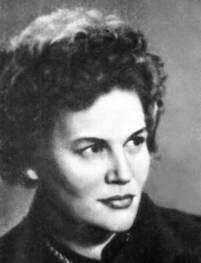
9. Lina Kostenko
Lina is a great Ukrainian writer. She is the Shevchenko Prize (1987), the Antonovych Prize (1989), and the Petrarch Prize (1994) winner. Also, she is an honorary Professor of the Kyiv Mohyla Academy, an honorary doctor of the Lviv and Chernivtsi Universities. However, she refused the title of the Hero of Ukraine. She was one of the most prominent young Ukrainian poets of 1950-1960. During the period of so-called "Sixties", she created a new style of the Ukrainian literature, doing something new, atypical, something avant-garde, but as always, the most relentless and critical toward the government. Kostenko's works are translated into English, Polish, Belarusian, Estonian, Italian, German, Slovak and French.
The above-mentioned list serves evidence of the fact that talent, intelligence, innate strength have no sex, race, national affiliation, etc. However, every nation has to know its heroes and encourage the current generation to imitate the predecessors. Thus, people make the world a better place to live, including their own homeland.








